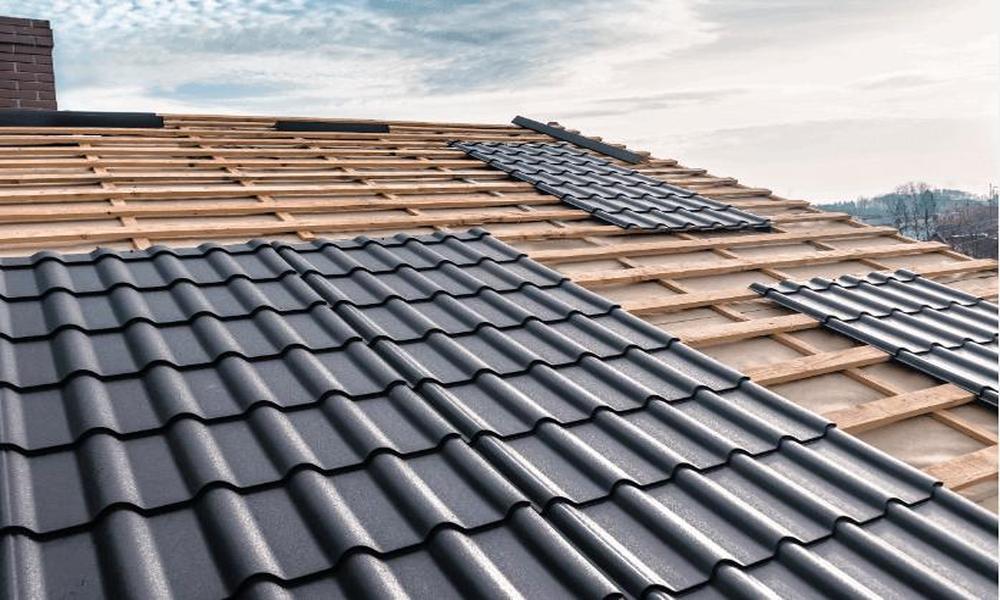Roofs protect you from rain, snow, and wind, but they can also keep your home comfortable and cool if you live in a hotter climate. However, using the wrong materials for your roof could lead to heat absorption and radiating heat into your home, causing damage to poorly constructed roofing systems, and resulting in foundational issues and leaks. Therefore, it is crucial to choose the right roofers for the job.
By selecting the appropriate roofing material, you can save money on utility bills and energy consumption over time while maintaining durability. Here are some of the best roof materials suitable for hot climates:
- Lighter Colors: Asphalt shingles are commonly used for roofing, but the density and dark color of asphalt in urban areas contribute to the heat island effect. Darker roofs absorb heat from UV rays, while lighter roofs reflect sunlight, reducing energy costs. However, not all roof materials are paintable or dyeable.
- Terra-Cotta Tiles: Popular in Spain, Italy, Mexico, and the American Southwest, terra-cotta tiles are resistant to heat due to their baking process, resulting in a durable and less porous material that prevents heat retention. The unique shape and design of these tiles promote better air and water flow, reducing heat trapped in the roof. However, they are heavier than other options, requiring a strong foundation, and may not be suitable for cold and wet climates.
- Concrete Tile: A slightly cheaper alternative to terra-cotta, concrete tiles are thicker and offer improved heat resistance with various ventilation options. Dyeing them a lighter shade can further prevent heat absorption. However, like terra-cotta tiles, they also require a sturdy foundation.
- EPDM: Short for ethylene propylene diene monomer, EPDM is a synthetic rubber-like material commonly used for commercial roofing. It’s resistant to UV rays, weather, and wear, and with roof coatings containing titanium dioxide, it can reflect heat and sunlight effectively. While lightweight and easy to install, it may not be as durable as other options.
- Metal Roofs: Metal roofs are highly preferred in warm climates for their versatility and sustainability. Made from recycled materials like aluminum, steel, or copper, they are slower to heat up, hold less heat, and cool down faster at night. The space between the metal panels and the decking material acts as a barrier, preventing heat transfer to the living area. However, metal roofing may be more expensive initially, but its durability and low maintenance costs balance it out.
- Green Roofs: Green roofs consist of plants and moss growing on a waterproof membrane, providing natural insulation, preventing heat absorption, and cooling the building through water runoff. They are energy-efficient, reduce heat islands, and restore oxygen to the air. However, they require careful planning, expertise, and regular maintenance.
When choosing the best roofing material for hot climates, consider upfront costs, roof maintenance, repairs, and replacements. Investing a bit more now can help you avoid expensive repairs in the future and lower your utility bills.
This post was written by Ted Williams! Ted is the owner of A Old Time Roofing which is the premier Clearwater Roofer Contractor! Ted is a Master Elite Weather Stopper GAF Roofing Contractor, a double award winner of Best Steep-Slope Contractor from GAF and achiever of Master Elite Consumer Protection Excellence from GAF. He has been serving the Pinellas County area since 1978. Old Time Roofing has a tradition of quality workmanship, servicing residential and commercial properties.

